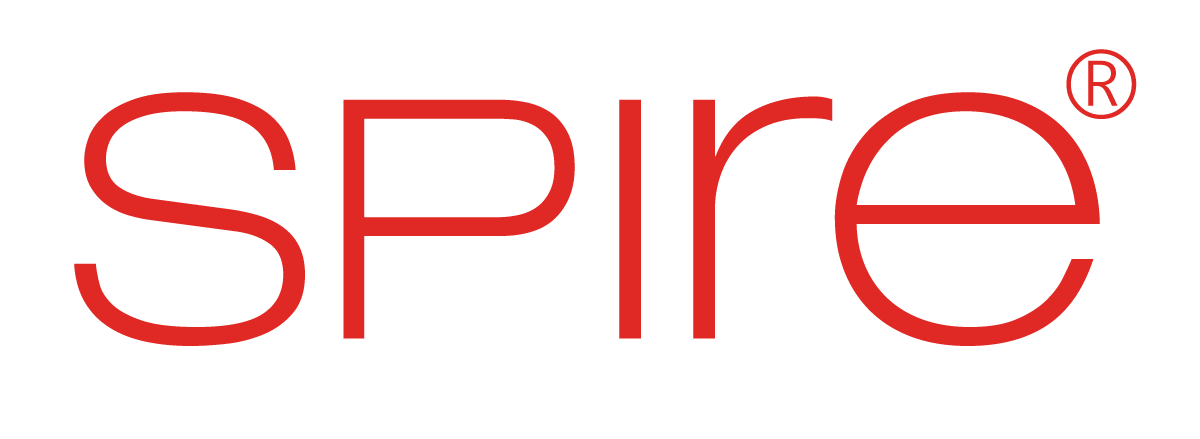Employee Development
What is Employee Development?
Employee development is a process where employees improve their skills, knowledge, and capabilities to advance their careers. It involves both learning new skills and enhancing existing ones to perform their current job better and prepare for future roles. This process is a strategic investment for organizations to foster growth within their workforce, align employee goals with company objectives, and ensure the right skills are available for business success.
Employee development is a collaborative effort, where both the employer and the employee take responsibility for personal and professional growth.
Importance of Employee Development
- Skill Enhancement: Employee development helps employees improve skills, making them more effective and efficient.
- Better Talent Pipeline: It ensures that employees are prepared for higher roles, strengthening succession planning.
- Increased Employee Engagement: Offering growth opportunities boosts employee morale and engagement.
- Higher Retention: Employees are more likely to stay when they see investment in their career growth.
- Attracting Top Talent: Companies offering development opportunities are more attractive to skilled job applicants.
- Improved Productivity: Development ensures that employees are continuously growing, resulting in higher productivity.
Employee development is crucial for maintaining a competitive workforce and achieving long-term organizational goals.
Benefits of Providing Development Opportunities to Employees
- Increased Job Satisfaction: Employees who grow professionally are more satisfied with their work.
- Higher Retention Rates: When employees see opportunities for growth, they are more likely to stay.
- Improved Job Performance: Continuous development improves employee capabilities, leading to better performance.
- Enhanced Innovation: Learning new skills fosters creativity and helps drive innovation within the organization.
- Stronger Leadership Pipeline: Investing in development ensures the company has leaders ready to take on future challenges.
- Improved Adaptability: Employees are better equipped to handle change, increasing overall business agility.
- Stronger Employer Brand: A company that invests in employee development enhances its reputation as an employer of choice.
By providing development opportunities, organizations not only enhance their workforce but also build a culture of growth and innovation.
Overcoming Common Employee Development Challenges
- Inadequate Training Resources: Ensure proper resources and tools are available to support employee development.
- Poor Communication: Clear communication about available development programs and their benefits is essential.
- Time Constraints: Offer flexible development options like microlearning and online platforms to accommodate busy schedules.
- Budget Limitations: Utilize cost-effective solutions such as eLearning and peer learning.
- Managing a Dispersed Workforce: Leverage virtual learning tools to ensure accessibility for remote employees.
- Difficulty Engaging Learners: Use engaging methods like gamification or personalized learning plans to keep employees motivated.
- Tracking ROI: Measure the impact of development programs to ensure they deliver the expected results.
Overcoming these challenges requires a strategic approach that aligns development programs with organizational needs while ensuring engagement and accessibility for all employees.
Effective Employee Development Methods
- Mentoring and Coaching: One-on-one guidance from experienced professionals helps employees develop their skills and confidence.
- On-the-Job Training (OJT): Hands-on training allows employees to learn while performing actual tasks.
- Job Rotation: Moving employees across different roles allows them to gain broader experience and insights.
- Stretch Assignments: Assigning employees challenging projects enhances their growth and prepares them for leadership roles.
- Corporate Training Programs: Structured programs designed to meet the specific development needs of the organization.
- Online Learning: Flexible, scalable learning opportunities that employees can access anytime, anywhere.
- Peer Learning: Encouraging employees to learn from each other fosters collaboration and knowledge sharing.
- Performance Feedback: Regular feedback ensures continuous improvement and alignment with organizational goals.
By offering a mix of traditional and modern learning methods, organizations can cater to different learning styles and development needs.
Conclusion
Employee development is vital for both individual growth and organizational success. It drives engagement, boosts productivity, and ensures that the workforce is prepared for future challenges. By overcoming common challenges and implementing effective development methods, organizations can build a strong, motivated, and adaptable workforce. Investing in employee development creates a competitive advantage, enhances retention, and builds a culture of continuous improvement.

Don’t Let Outdated Frameworks Hold Your Organization Back
Harness Spire.AI to Build, Deploy, and Elevate Talent Effectively


